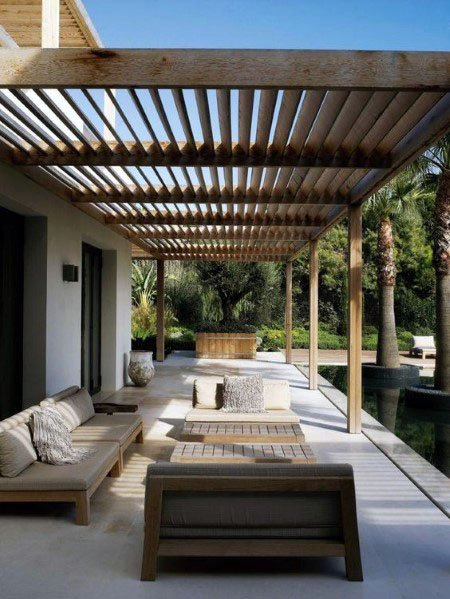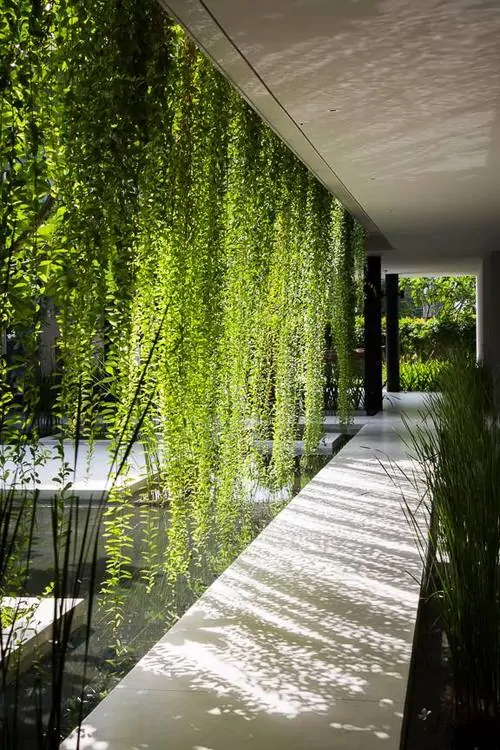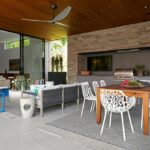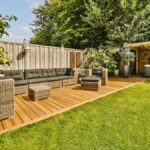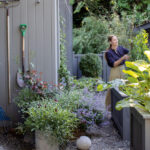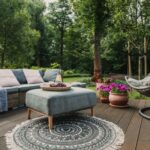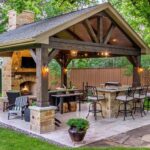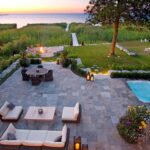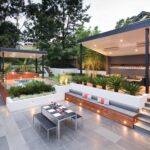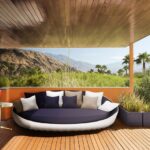Outdoor design plays a significant role in creating an inviting and functional space for relaxation and entertaining. From the layout of furniture to the choice of materials, every aspect of outdoor design contributes to the overall aesthetic appeal and functionality of the space. With the right design choices, an outdoor area can become an extension of the home, seamlessly blending the indoor and outdoor living spaces.
One of the key elements of outdoor design is the layout of furniture and accessories. By strategically placing outdoor seating, dining tables, and lounging areas, homeowners can create designated spaces for different activities, such as dining, relaxing, or socializing. Careful consideration should be given to the flow of traffic and the placement of furniture to ensure a comfortable and functional layout that maximizes the use of the outdoor space.
The choice of materials is another crucial aspect of outdoor design. Weather-resistant materials such as teak, aluminum, and resin are popular choices for outdoor furniture and accessories as they can withstand the elements and require minimal maintenance. Natural stones, such as granite or slate, are also commonly used for outdoor flooring and countertops due to their durability and timeless appeal. By selecting high-quality materials that are suited for outdoor use, homeowners can create a stylish and long-lasting outdoor space.
Landscaping plays a vital role in outdoor design, as well. By incorporating plants, trees, and flowers into the outdoor space, homeowners can create a lush and inviting atmosphere that enhances the overall design. The choice of plants should complement the style of the home and the outdoor furniture, while also considering factors such as sunlight exposure, water requirements, and maintenance. Well-placed lighting can further accentuate the landscaping, creating a peaceful and inviting ambiance in the evening hours.
Outdoor design also includes the strategic placement of outdoor amenities, such as fire pits, pergolas, and water features. These elements can add visual interest and functionality to the outdoor space, creating a focal point for gatherings or enhancing the overall design. Fire pits are popular additions for creating a cozy atmosphere and extending the outdoor entertaining season, while pergolas provide shade and a stylish architectural element to the space. Water features, such as fountains or ponds, can add a calming and serene touch to the outdoor design, creating a tranquil oasis in the backyard.
In conclusion, outdoor design is a multifaceted process that involves careful consideration of layout, materials, landscaping, and amenities. By paying attention to these key elements, homeowners can create a stylish and functional outdoor space that enhances the overall beauty and livability of their property. Whether it’s a small patio or a sprawling backyard, outdoor design can transform any outdoor area into a welcoming and inviting retreat for relaxation and entertainment.
